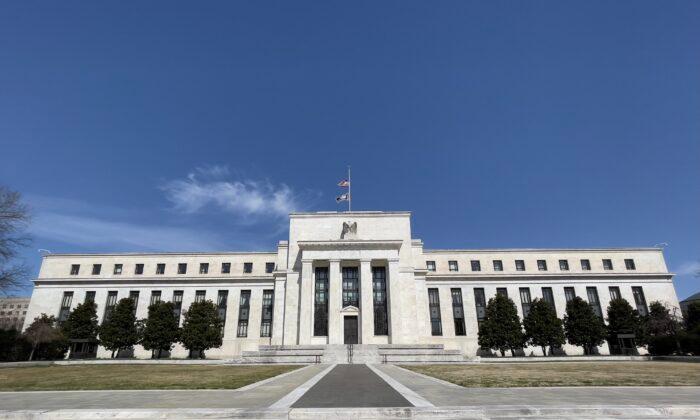The one sort of inflation that’s certainly not here to stay is high stock prices. Huge stock swings are indications that the “sky’s the limit” stock market is nosediving back to Earth. It had to happen sooner or later, and global volatility and recession are leading the downward trend.
Global Uncertainty’s Ripple Effect
For one, global events are impacting the market in various ways. The fallout from the pandemic lockdowns, for example, is still having far-reaching effects on the global economy. Lower production and disrupted supply chains have yet to be resolved.This disruption has caused productivity slowdowns, input and inventory shortages, and lost earnings for many of America’s largest global tech companies. To make matters worse, over two years after the pandemic began, China continued its full lockdown policy in numerous manufacturing hubs. Even in response to mild COVID-19 outbreaks, this policy is bound to result in shortages becoming the rule rather than the exception for the foreseeable future.
Rising tensions between China and the United States from both the pandemic and Beijing’s growing confrontational stance with Washington and U.S. allies are another source of uncertainty. Restricting Chinese companies’ access to U.S. capital markets adds to the tensions and supply chain disruptions.
Near-Zero Interest Rates Are Gone
But international events aren’t the only factors that are spooking the markets. Domestic economic policies have a major impact on the stock market as well. From 2009 to 2022, the United States has enjoyed the Federal Reserve’s near-zero interest rate policy. In other words, for the past 13 years, borrowing money has been very easy and inexpensive.This easy money policy enabled businesses to access investment capital easily and for consumers to gain access to credit and low-interest mortgages, leading to a resurgent economy that included a real estate boom.
Quantitative Easing Is Over
Along with an extended period of low-interest rates was the Fed’s quantitative easing. (QE) policy. Essentially, the Fed bought assets such as mortgages, business loans, and car loans from banks. The goal was to enable and encourage banks to lend more money to goose up the economy.
And why wouldn’t it?
Quantitative Tightening Is Here
The new policy of “quantitative tightening” (QT) means that the U.S. Central Bank will be buying fewer assets from banks, and perhaps even selling them back. This makes financial institutions less likely to lend money because they know the Fed won’t buy it from them.The result is tightening or lowering supply of money in the economy. Less money means less investment, which means less productivity.
There’s a Limit to Earnings
Earnings play a considerable role in a stock’s perceived valuation. The price to earnings ratio (P/E ratio) of a stock gets distorted because the price rise outpaces the earnings.As noted above, easy and plentiful money drives a stock’s price higher than it would normally be based on its earnings alone or even its potential earnings due to some technical or other market advantage. What’s more, when a company is operating at or near capacity, or can’t reach its full capacity due to supply chain disruptions and other limiting factors, growing earnings becomes problematic.
Recession Looms Ahead
Falling earnings, by the way, can indicate a recession, which clearly looks to be the case. The economy shrank and saw negative growth in the first quarter of 2022—the economy is already heading into a recession.That’s another reason why stocks are falling and will likely continue to do so in a feedback loop that will continue for a while. As recessionary economic activity slows, so does monetary velocity, which means less spending and even slower monetary velocity.
Eventually, this feedback loop will cause prices to fall—unless other factors such as shortages, for example, keep prices high. This effect, where rising prices combine with stagnant or falling productivity is called stagnation—and will likely be the reality.
Though we will likely see brief rallies as retail investors buy the dips and retirement fund inflows continue, they won’t change the trend. With rising interest rates, a tighter money supply, and falling earnings, the stock market will continue on its downward trend.





